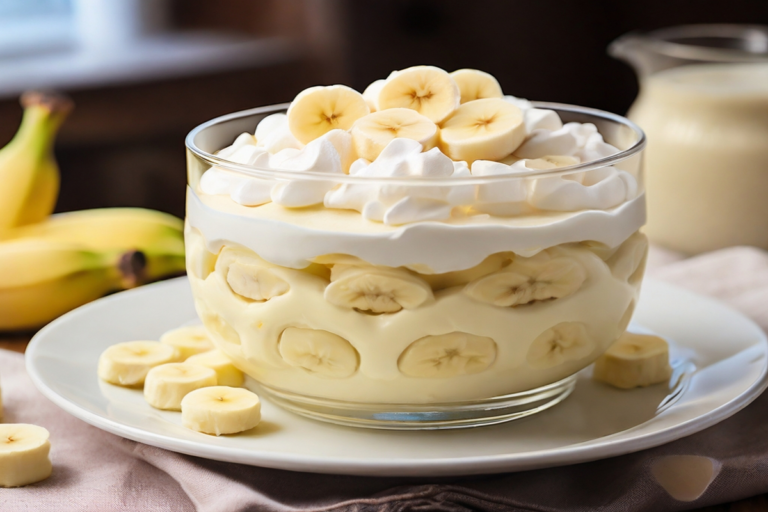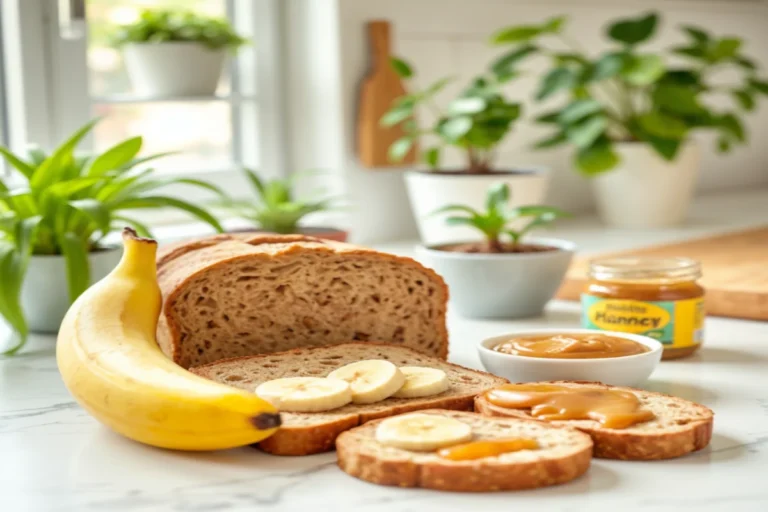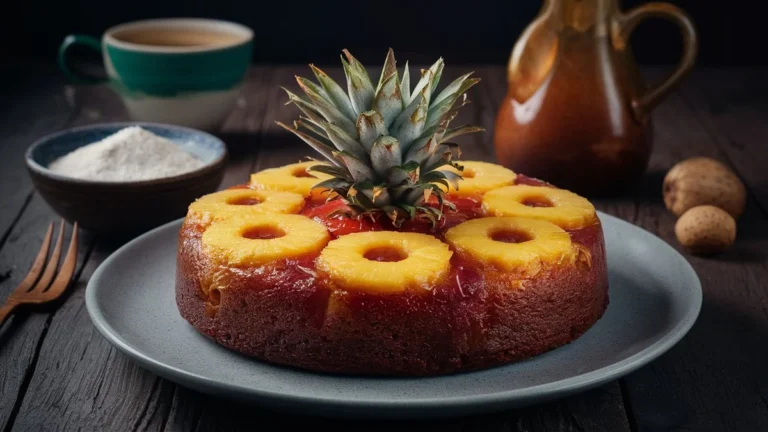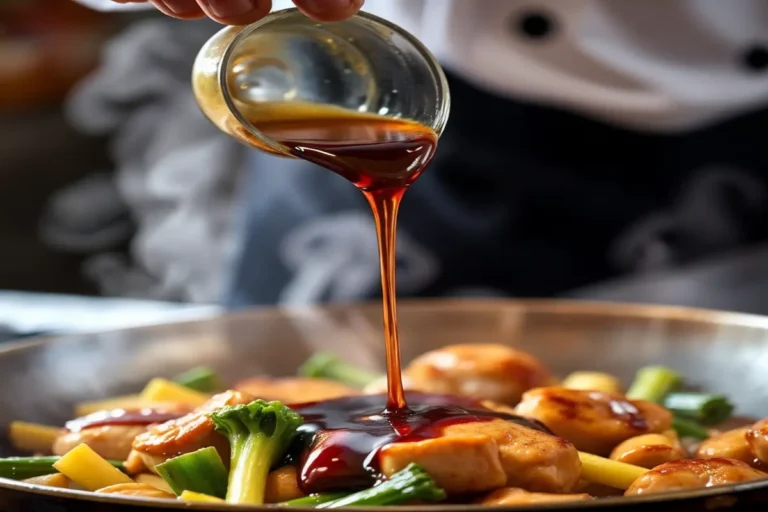Hibachi Seasoning: A Complete Guide to Authentic Flavors
Introduction
Hibachi cuisine, known for its lively performance and distinctive seasoning, brings bold, savory flavors to the table. The secret behind these delicious dishes lies in the Hibachi seasoning that enhances the natural taste of the ingredients. In this article, we will explore the various Hibachi seasonings that make this cuisine so flavorful and provide tips on how you can recreate these tastes in your own kitchen.
What is Hibachi?
Hibachi cooking refers to a traditional Japanese grilling technique often performed on a hot iron griddle in front of diners. While some people confuse it with Teppanyaki, Hibachi grilling typically uses a charcoal or gas-heated grill, which imparts a distinct flavor to the food. The Hibachi seasonings used play a crucial role in bringing out the natural flavors of the ingredients.
If you’re interested in mastering Hibachi at home, you might also want to check out How to Make Hibachi Chicken at Home, which offers step-by-step guidance on preparing this popular dish. For further inspiration on Japanese cuisine, Japan Centre provides a wide range of authentic Japanese ingredients that can enhance your Hibachi experience.
Core Ingredients in Hibachi Seasoning
Soy Sauce in Hibachi Cooking
Soy sauce forms the foundation of Hibachi cooking, adding a deep, umami-rich flavor that enhances many dishes. While various types of soy sauce are available, Japanese soy sauce is preferred for its balanced taste, combining saltiness with a hint of sweetness. Explore premium options from Kikkoman USA for authentic flavors.
Sesame Oil’s Role in Hibachi Seasoning
Sesame oil serves as another key ingredient in Hibachi seasoning, providing a nutty, aromatic flavor that perfectly complements soy sauce. It’s commonly used to marinate meats and vegetables, which helps to enhance their taste during cooking.
Garlic Butter: A Staple in Hibachi Seasoning
Garlic butter remains a beloved component of many dishes in this cuisine. The richness of butter combined with the pungent flavor of garlic creates a seasoning that’s perfect for rice, vegetables, and meats, making them incredibly flavorful.
Ginger: The Zesty Element in Hibachi Seasoning
Ginger often finds its way into Hibachi dishes due to its spicy and aromatic qualities. Whether used fresh or in powdered form, ginger adds a zesty kick that balances the richness of other ingredients.
Specialty Seasonings Used in Hibachi
Shichimi Togarashi: The Japanese Seven-Spice
Shichimi Togarashi, or Japanese seven-spice, stands out as a popular seasoning blend in Hibachi cooking. It consists of seven spices, including red chili pepper, sesame seeds, and ground ginger, offering a complex flavor profile that enhances a variety of dishes.
Sake in Japanese Grilling
Sake, a traditional Japanese rice wine, occasionally makes an appearance in Hibachi cooking to add depth and sweetness to the food. As the alcohol evaporates during cooking, it leaves behind a subtle sweetness that enriches the flavor.
Furikake: A Versatile Hibachi Seasoning
Furikake represents a versatile Japanese seasoning that typically contains a mix of dried fish, sesame seeds, chopped seaweed, sugar, and salt. It’s often sprinkled over rice to add extra flavor and texture, making it a staple in many Hibachi dishes.
For more ideas on enhancing your meals, consider exploring Perfect Chicken Alfredo Recipe, which features a similar use of rich, flavorful ingredients.
The Secret Hibachi Seasoning: Chef’s Special Blend
Many chefs create their own special seasoning blend to set their dishes apart. This blend might include MSG, white pepper, and other spices that contribute to the unique flavor of the dishes. While the exact recipes are often closely guarded secrets, you can experiment with different ingredients to craft your own signature Hibachi seasoning blend at home.
The Cooking Process and Hibachi Seasoning Application
Seasoning in Hibachi cooking requires not just the right ingredients but also the correct application process. The high heat of the cooking surface is essential for searing in the flavors of the Hibachi seasonings. Chefs use specific techniques to ensure the seasoning evenly coats the food, whether they’re cooking rice, vegetables, or meat.
To recreate these flavors at home, try using a cast iron skillet or griddle that can reach high temperatures. This helps you achieve the same seared effect that is key to Hibachi cooking.
FAQs
Q1: Can I use regular soy sauce for Hibachi?
Yes, but for the most authentic flavor, it’s recommended to use Japanese soy sauce.
Q2: What can I use if I don’t have sesame oil?
You can substitute peanut oil or olive oil, though the flavor will be slightly different.
Q3: Is MSG commonly used in Hibachi seasoning?
Yes, many Hibachi chefs use MSG to enhance the umami flavor of their dishes.
Q4: How do Hibachi chefs make the rice taste so good?
They often use a combination of butter, soy sauce, and garlic to season the rice.
Q5: Can I make Hibachi seasoning ahead of time?
Absolutely! Most seasonings can be mixed and stored in an airtight container for future use.
Recreating Hibachi Seasoning at Home
Creating your own Hibachi seasoning at home is straightforward. Start with the basics—soy sauce, sesame oil, garlic butter, and ginger. From there, you can experiment with adding Shichimi Togarashi or even crafting your own special blend using your favorite spices.
DIY Hibachi Seasoning Recipes
- Garlic Butter: Combine unsalted butter with minced garlic and a pinch of salt. Store in the refrigerator until ready to use.
- Shichimi Togarashi: Mix ground red pepper, sesame seeds, ground ginger, nori flakes, ground Szechuan peppercorns, poppy seeds, and hemp seeds.
- Furikake: Blend dried seaweed, sesame seeds, dried fish flakes, and a bit of sugar.
Pairing Hibachi Seasoning with Different Dishes
Hibachi Rice
For perfect Hibachi rice, use day-old rice and season it with a blend of soy sauce, garlic butter, and a sprinkle of Furikake. This combination ensures the rice is flavorful with the ideal texture.
Hibachi Vegetables
Common vegetables like zucchini, carrots, and onions taste even better when seasoned with soy sauce, sesame oil, and a dash of Shichimi Togarashi to add an extra layer of flavor.
Hibachi Meat and Seafood
For meats and seafood, a marinade of soy sauce, sake, garlic, and ginger works wonders. Allow the meat to marinate for at least 30 minutes before cooking to ensure the flavors fully penetrate.
Advanced Tips and Tricks for Hibachi Seasoning
To elevate your Hibachi seasoning even further, consider these tips:
- Marinades: Pre-season your meat or vegetables with a marinade of soy sauce and ginger for enhanced depth of flavor.
- Heat Control: Ensure your cooking surface reaches high heat to sear the food, locking in the seasoning.
- Balance: Adjust the seasoning to taste—more soy sauce for saltiness or more garlic butter for richness.
Conclusion
Mastering the balance of technique and ingredients is essential for creating authentic Hibachi flavors. By understanding the core components and the special touches that chefs use, you can bring the flavors of Hibachi into your home kitchen. Experiment with different blends, and enjoy the process of creating your perfect dish.
For more tips on preparing flavorful dishes, visit Ground Beef Recipes, where you can find inspiration for your next meal.






